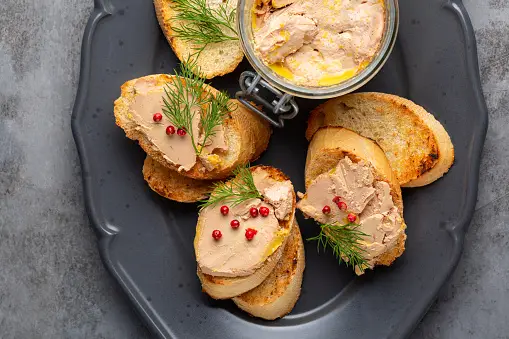10 Most Expensive Foods in Switzerland
Switzerland, renowned for its breathtaking landscapes and precision craftsmanship, also boasts some of the world’s most exquisite and costly culinary delights. In this article, we’ll take you on a gastronomic journey through the **10 most expensive foods in Switzerland**, delving into their creation, cooking methods, consumption traditions, and costs.
Cheese Fondue
– Origin: A staple of Swiss cuisine, cheese fondue originated in the Alps as a way to utilize aged cheeses and bread during the winter months.
– How It’s Made: Cheese fondue is a blend of cheeses, typically Gruyère and Emmental, melted with white wine or kirsch brandy and infused with garlic.
– How It’s Cooked: The mixture is heated in a communal pot called a “caquelon” over an open flame. Diners dip chunks of crusty bread into the molten cheese using long-stemmed forks.
– Tradition: Sharing a fondue meal is a convivial experience, often enjoyed with family and friends.

Truffle Risotto
– Ingredients: Arborio rice, white truffles, butter, Parmesan cheese, and vegetable or chicken broth.
– How It’s Made: Arborio rice is slowly cooked with broth until creamy, then enriched with butter and grated Parmesan. Shaved white truffles are generously added.
– Cost: White truffles are one of the most expensive ingredients globally, making truffle risotto a luxurious treat.

Kobe Beef
– Origin: Although not Swiss, Kobe beef is a sought-after delicacy in high-end Swiss restaurants.
– How It’s Raised: Kobe beef comes from Wagyu cattle raised in Japan’s Hyogo Prefecture. The cattle are pampered with massages, sake baths, and a special diet.
– Cooking Method: The marbled meat is grilled to perfection, resulting in tender, melt-in-your-mouth slices.
– Price Tag: Expect to pay a premium for this luxurious beef.

Caviar
– Variety: Swiss caviar, particularly from Lake Geneva, is prized for its quality.
– How It’s Harvested: Sturgeon roe is carefully extracted, salted, and aged to develop its distinct flavour.
– Serving Style: Caviar is traditionally served on blinis or with scrambled eggs.
– Cost: Caviar is notoriously expensive due to its rarity and labour-intensive production.

Lobster Bisque
– Ingredients: Lobster, cream, brandy, and aromatic herbs.
– Preparation: Lobster shells are simmered to create a rich stock, which is then blended with cream and brandy.
– Serving: Served in small portions as an appetiser.
– Indulgence: Lobster bisque is a luxurious starter.

Foie Gras
– Production: Foie gras is made from the fattened liver of ducks or geese.
– Controversy: The force-feeding process is controversial, but it results in a buttery, rich delicacy.
– Serving: Often served as a pâté or seared slices.
– Price: Foie gras commands a high price due to its labour-intensive production.

Swiss Chocolate
– Quality: Swiss chocolate is renowned worldwide for its smooth texture and rich flavour.
– Craftsmanship: Swiss chocolatiers meticulously source cocoa beans and masterfully blend them into delectable bars and truffles.
– Cost: High-quality Swiss chocolate is worth every cent.

Saffron
– Swiss Saffron: Grown in the canton of Valais, Swiss saffron is highly prized.
– Harvesting: Each delicate saffron thread is hand-picked from crocus flowers.
– Usage: Used sparingly in dishes like risotto and desserts.
– Value: Saffron’s labour-intensive cultivation makes it expensive.
White Asparagus
– Seasonal Delicacy: White asparagus is a springtime treat.
– Growing Process: Grown underground to prevent chlorophyll development, resulting in its pale colour.
– Cooking: Typically blanched and served with hollandaise sauce.
– Exclusivity: White asparagus commands a premium during its short season.

Switzerland’s culinary treasures are not only about taste but also about the experience of indulging in these rare and luxurious foods. Whether you’re savouring a fond








